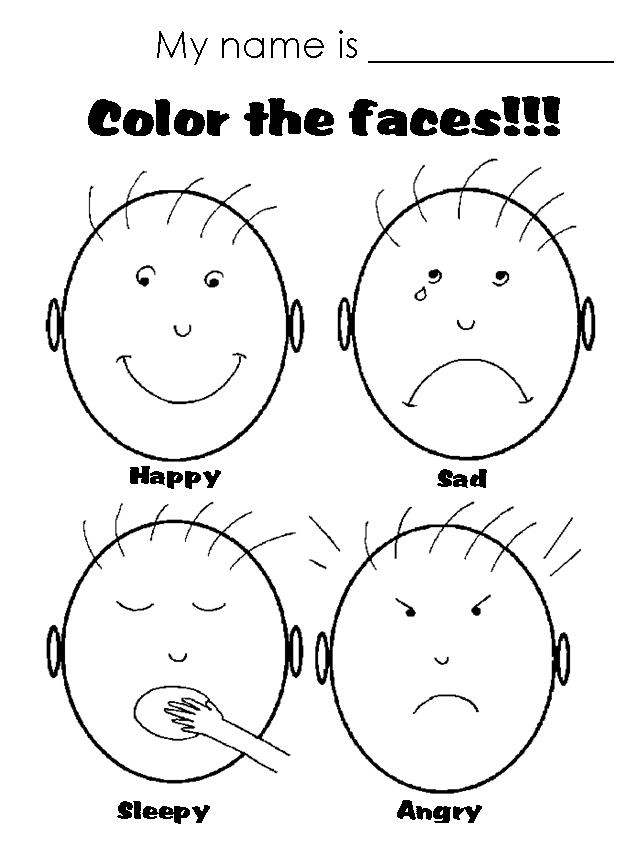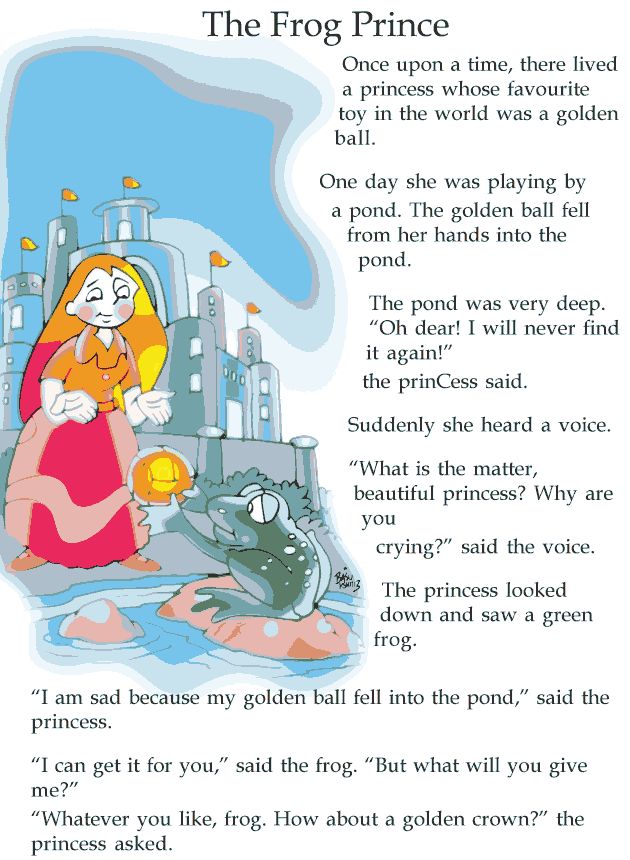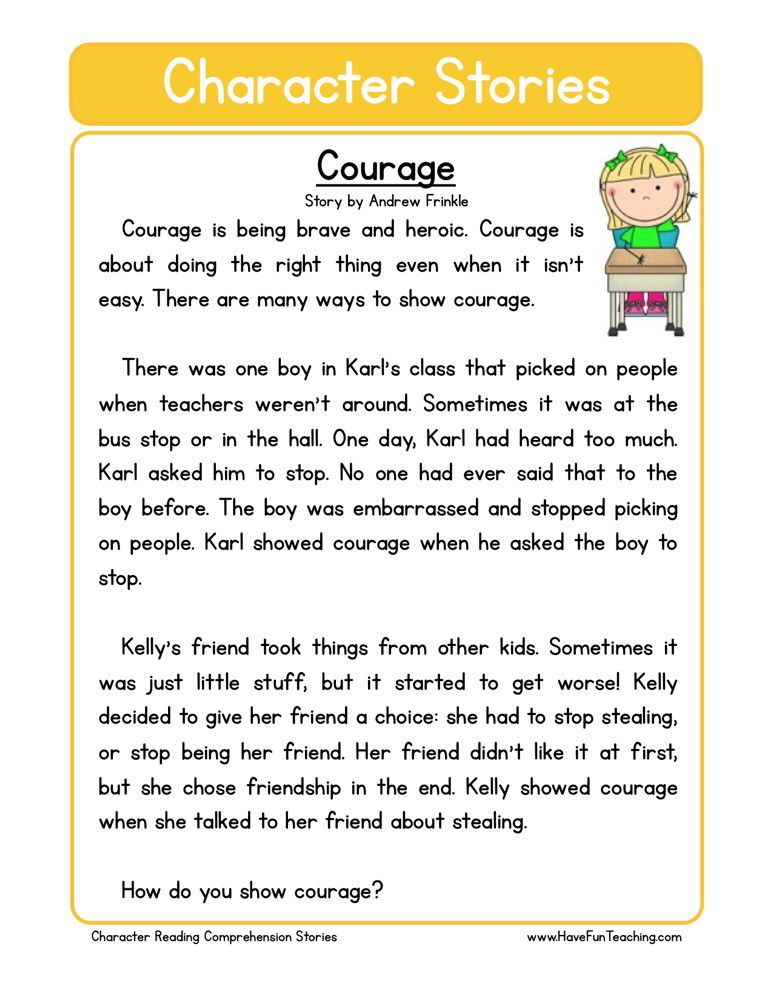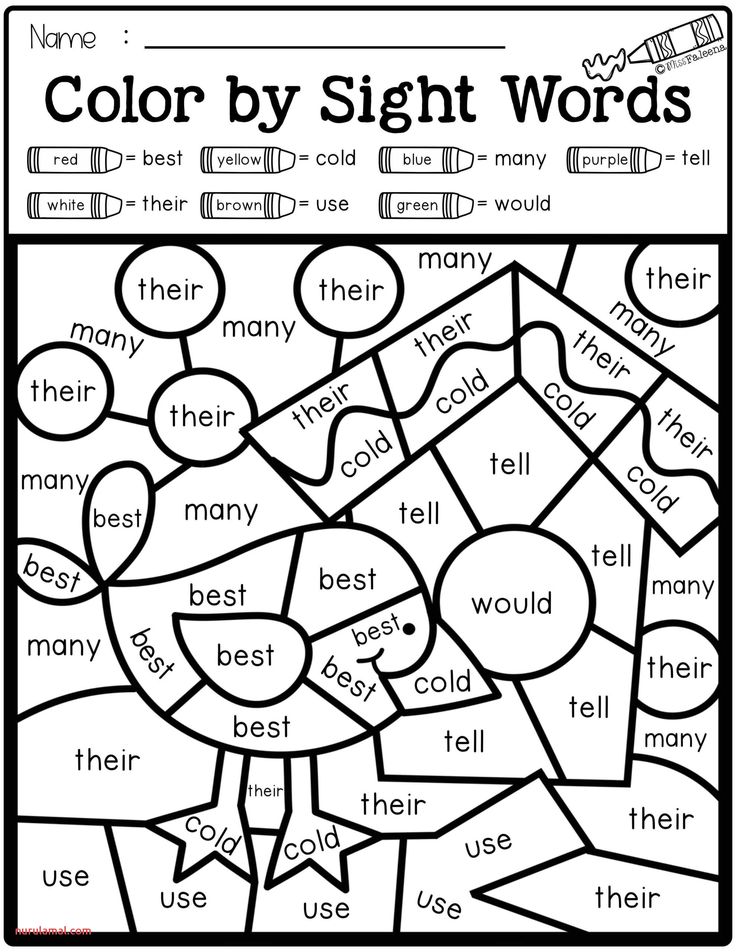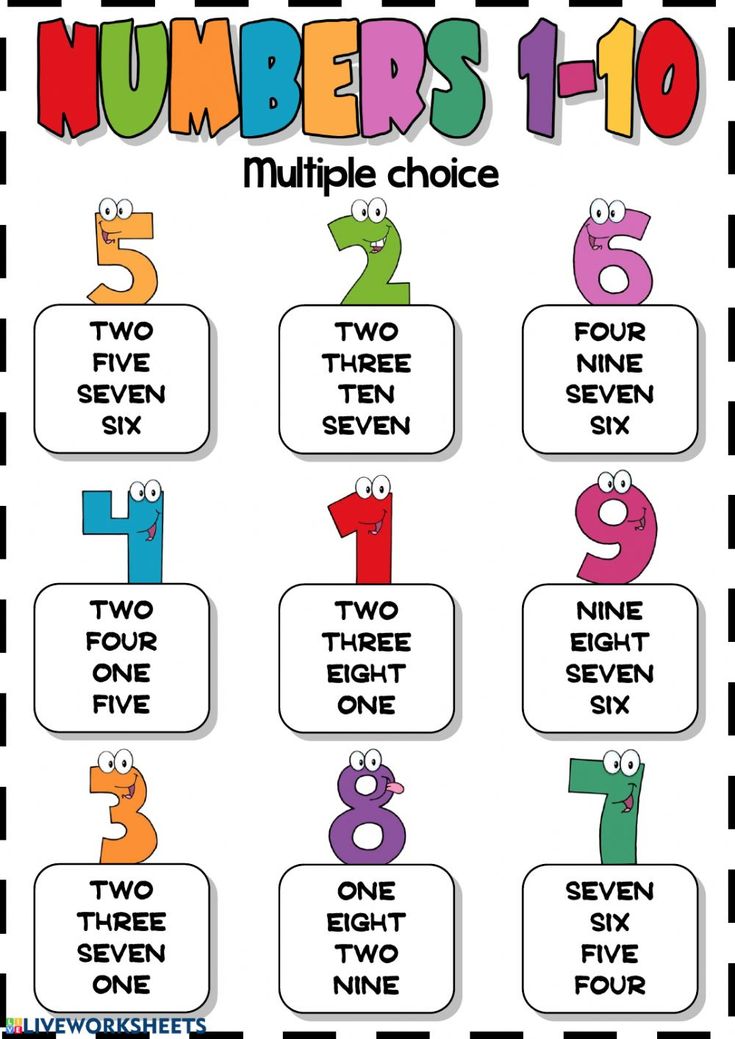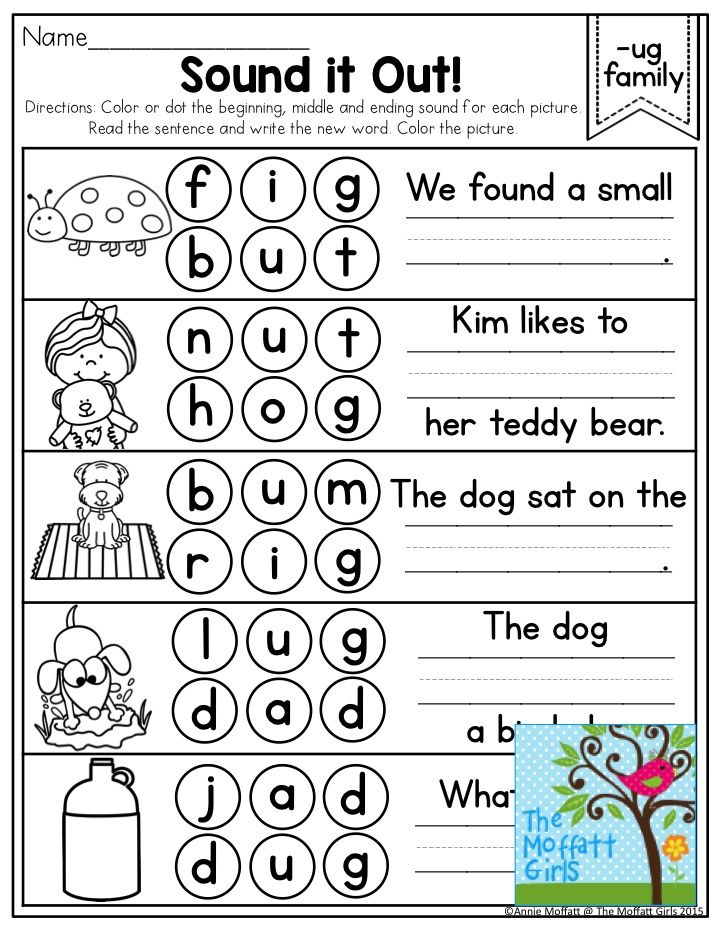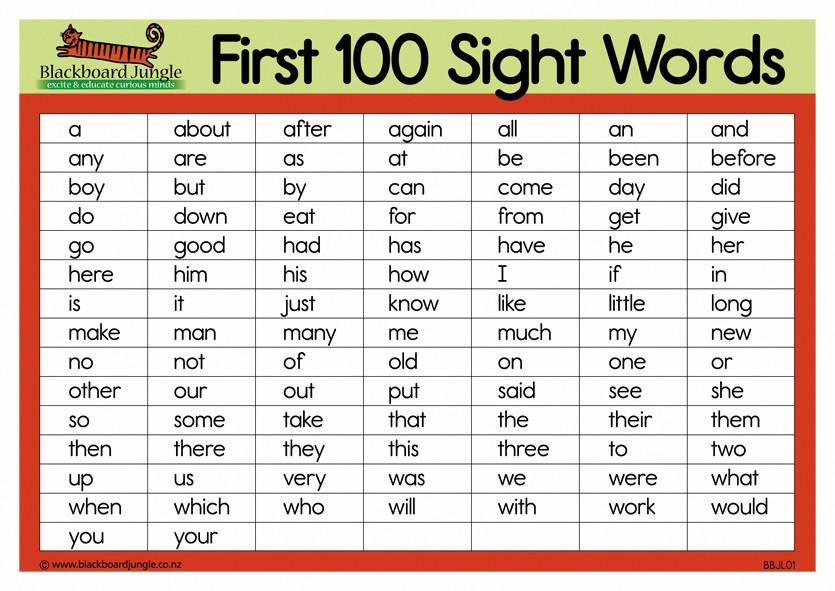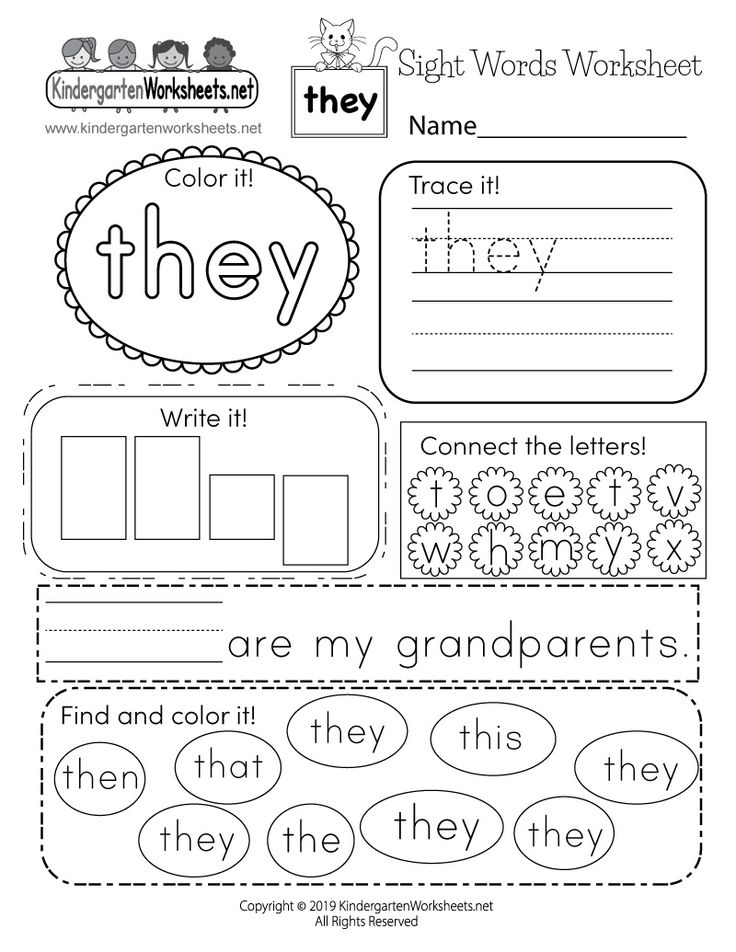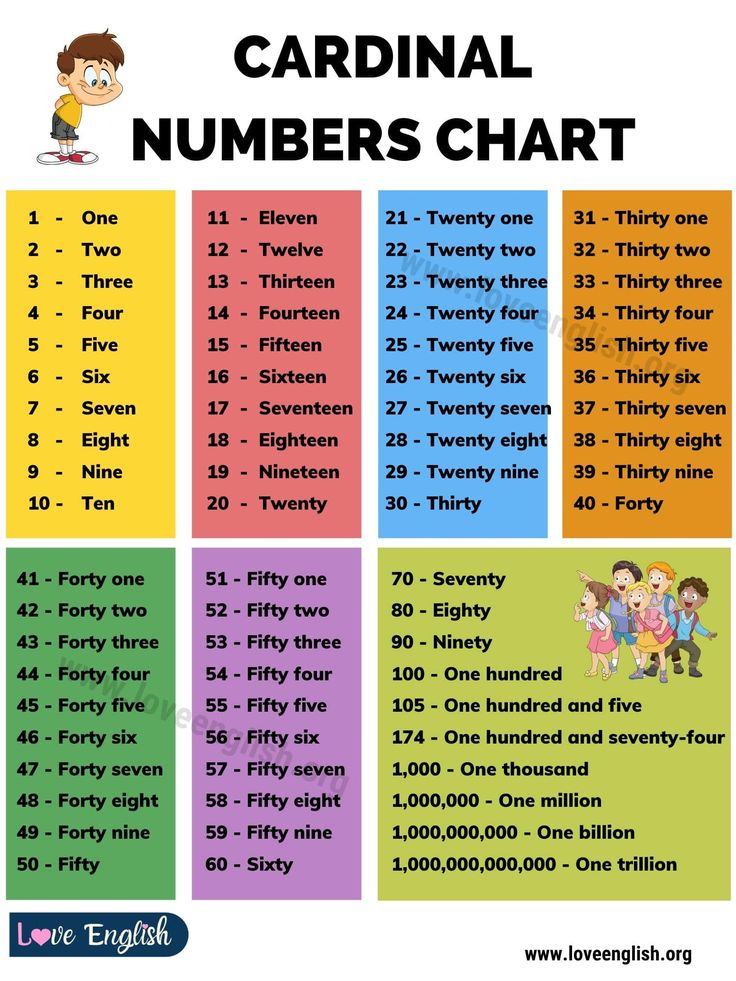Feelings for kindergarten
9 Ways To Teach Children About Feelings
I often tell my children to use their words when they are upset. I assume they know what they are feeling and can verbalize it to me. Wrong! It’s difficult for children to say what they are feeling because many times they don’t know what to name the feeling they are experiencing. Instead, they show us how they are feeling by throwing temper tantrums and having meltdowns. We first need to teach children the words to express their feelings before we require them to “use their words.”
Young children can be taught basic emotions such as happy, mad, sad, and scared as early as two years old. As they get older, you can explain emotions such as feeling frustrated, nervous, shy, etc. to them.
Here are some ways you can help your child learn the language they need to express their feelings:
1. Sing songs to help young children learn how to express their feelings. I came across this version of a preschool classic, If you are happy and you know it at Sunflowersstorytime. com. It goes:
If you’re happy and you know it clap your hands.
If you’re surprised and you know it say “Oh my!”
If you’re sad and you know it rub your eyes “Boo hoo”
If you’re scared and you know it shiver and shake.
If you’re sleepy and you know it close your eyes.
If you’re angry and you know it stomp your feet.
And always make sure end up with “happy” again.
They suggest having pictures of each emotion to show the kids as they sing the song.
2. Use games and activities to teach children about feelings.
Children like learning through playing and having fun. A fun game to help kids learn about feelings is Feelings Charades.
For this game you will need to make a feelings cube. Paste pictures of feeling faces on a tissue box. Have kids roll the box and whatever feeling face it lands on they have to act out.
You can find free feeling picture cards here.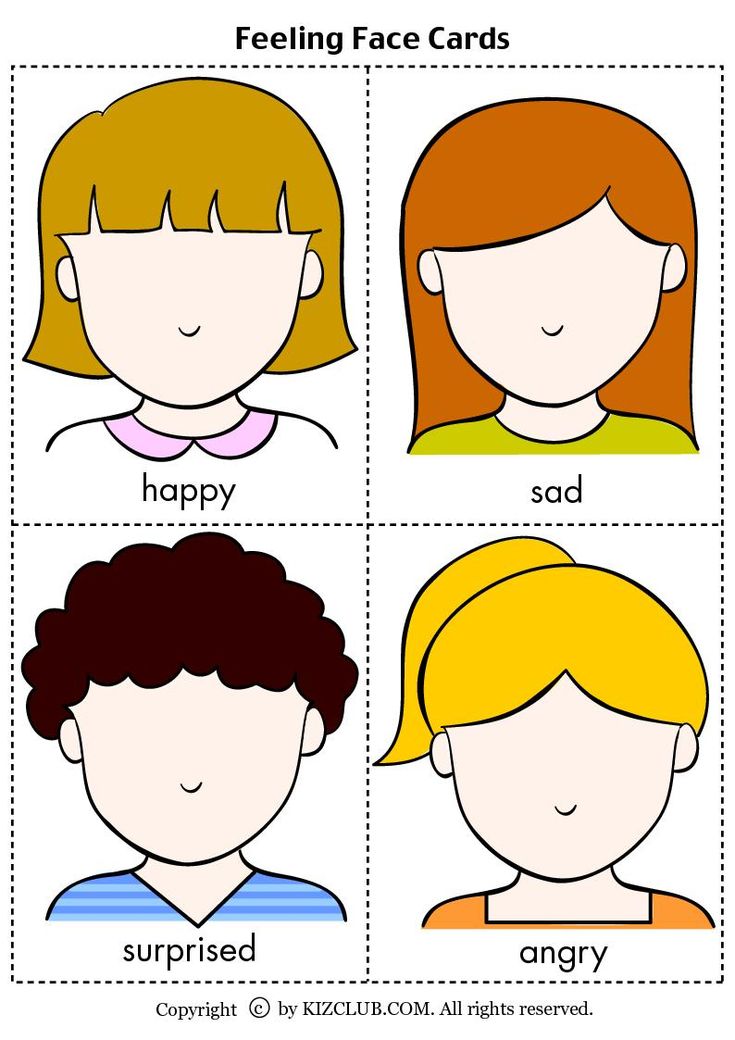
You can also use the cards to play Memory. Simply print out two sets of Feeling Cards, shuffle them and then have your child find the matching Feelings Card.
3. Watch kid-friendly videos about feelings. Kids respond well to visual stimulation. Here are two videos I like to show kids to help them learn about feelings:
- Elf Feelings Video
- The Feeling Song
4. Get into the habit of labeling the feelings you believe your child is experiencing. For example, if your child runs up to you and hugs you as you walk through the door, you can say something like “someone is excited to see me” or “someone is happy I’m home.” Labeling your child’s feelings as they happen helps them to build their feelings vocabulary.
5. When you read to your child, discuss how the characters in the story are feeling.
Point out any clues that lets you know what they are feeling such as facial expressions or behaviors.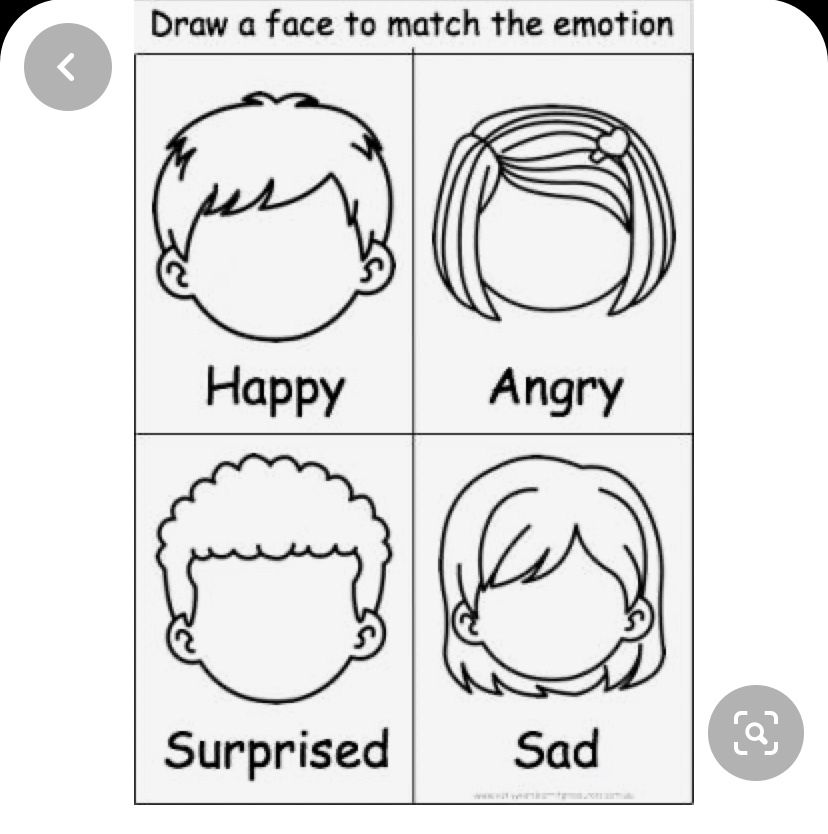 Then explain to your child why the characters feel the way they do. If your child is able to, let them take a turn identifying how the characters are feeling and why.
Then explain to your child why the characters feel the way they do. If your child is able to, let them take a turn identifying how the characters are feeling and why.
I like to read The Way I Feelto young children because it uses beautiful images to describe a range of feelings.
6. When your child does something that upsets someone else, let them know how their behavior might make others feel. For example, “When you called your sister names, she felt sad and her feelings were hurt. “ This will help your child be mindful of what they say and do to others. You can follow up by asking how they would feel if someone did the same thing to them. Encouraging your child to put themselves in someone else’s shoe teaches them how to be empathetic. Empathy is an important life skill that will allow your child to maintain positive relationships with other people.
7. Model appropriate ways to express feelings to your child.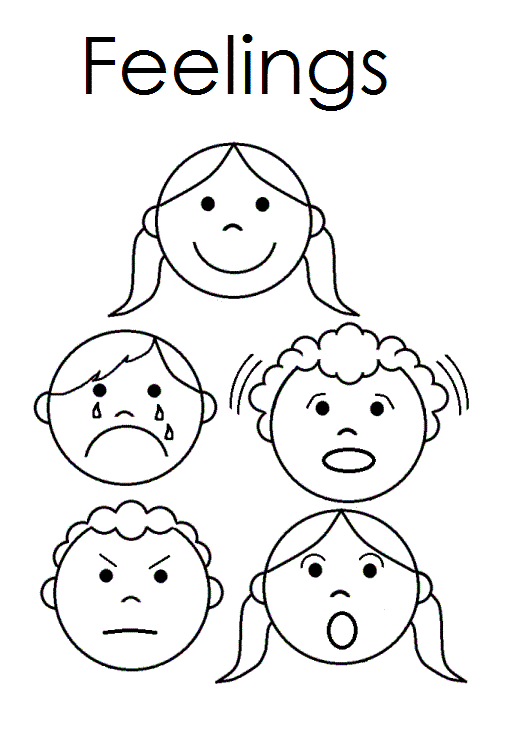 Children are always watching us and like sponges they soak everything up. Good and bad. If your child sees you expressing your feelings in a positive way, over time they learn to do the same. However, if they see you yelling and throwing things when you get upset, they are more likely to mimic this behavior.
Children are always watching us and like sponges they soak everything up. Good and bad. If your child sees you expressing your feelings in a positive way, over time they learn to do the same. However, if they see you yelling and throwing things when you get upset, they are more likely to mimic this behavior.
8. Teach your child appropriate ways to express their emotions.
It’s important that children learn that it is OK to have their feelings. What matters is how they express them. When your child is calm, discuss with them ways they can calm down when they are upset. The ABC’s of Calming Down is a great resource that contains 26 alphabetized calm down strategies to help children calm down.
9. Praise your child when they use words to express their feelings. Having the self-control to express your feelings appropriately is no easy feat. There are many adults who are unable to do this. When your child tells you how they are feeling instead of having a complete melt down, praise them for doing so.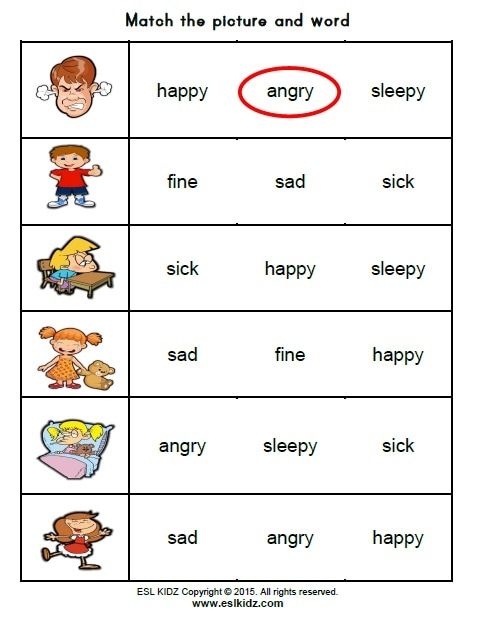 Be very specific. For example, “I like how you told your sister that you were sad when she called you names. That was very mature of you.” Praising your child for practicing good behavior makes them more likely to do it again in the future. It also lets them know that you are watching them and notice when they do good things.
Be very specific. For example, “I like how you told your sister that you were sad when she called you names. That was very mature of you.” Praising your child for practicing good behavior makes them more likely to do it again in the future. It also lets them know that you are watching them and notice when they do good things.
It is important that children learn how to identify and express their feelings in an appropriate manner. Kids who are able to express their feelings are less likely to have meltdowns and temper tantrums. They also have an easier time making friends and getting along with others. For additional resources on teaching children about feelings, check out these Feelings Task Cards.
In what ways do you foster your child’s emotional intelligence?
If you like this article you might also like these articles. (Click on images)
Lessons and Activities to Build Self-Awareness – Proud to be Primary
Teaching emotions for kids is easy with these social-emotional learning ideas and activities for the classroom.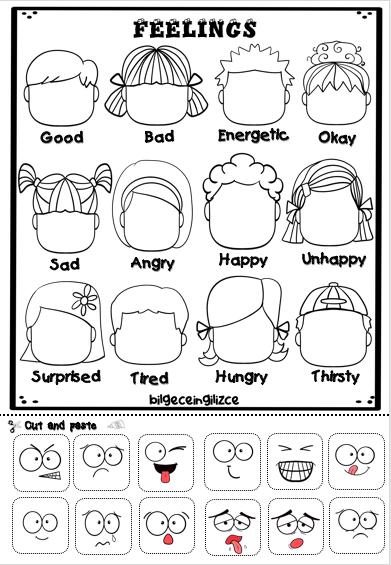
Social-emotional learning is a key component in teaching young children. You’ll find that a good part of your day is spent educating your students about how to recognize, manage and express feelings. Because of this, below are engaging ways to teach emotions for kids in your classroom.
Everything You Must Know to Teach Emotions to Kids
Why do students need help learning how to express healthy emotions and feelings?
Students learn healthy emotional habits and ways of expressing their feelings in several ways. They learn at home as well as in their interactions with their family and friends. Children tend to pick these things up naturally. They learn by watching how others respond and mimicking their behavior. Many kids are active in their churches, community centers, sports, and hobbies. In those places, they learn how to interact with friends and neighbors as well.
But, what about the students who don’t have such opportunities?
It’s up to us, as educators, to model, teach, and encourage them to practice healthy emotional responses to everyday situations and events! Helping children to express their feelings and handle difficult situations with calm is our ultimate goal.
1. Helping Kids Identify Different Emotions
Children should be taught the language necessary to label and identify the different emotions they may experience. The reason is, we need to let them know that feeling different emotion is normal. By giving them the vocabulary needed to describe how they’re feeling, you are encouraging them to express themselves productively.
- Recognizing Facial Expressions and Body Language: Children need to learn how to identify their own emotions, as well as others. One way to do this is by learning to pay attention to their own body signals, such as a frown and queasy stomach when nervous, or balled fists and tight shoulders when angry. Once they can recognize it in themselves, they can pick up on facial expressions and body language of others and then learn to react accordingly. In your morning meetings, perhaps spend five minutes modeling and discussing different emotional states.
- Clip Chart: One way to encourage recognition of feelings is to provide a visual reference for them to use.
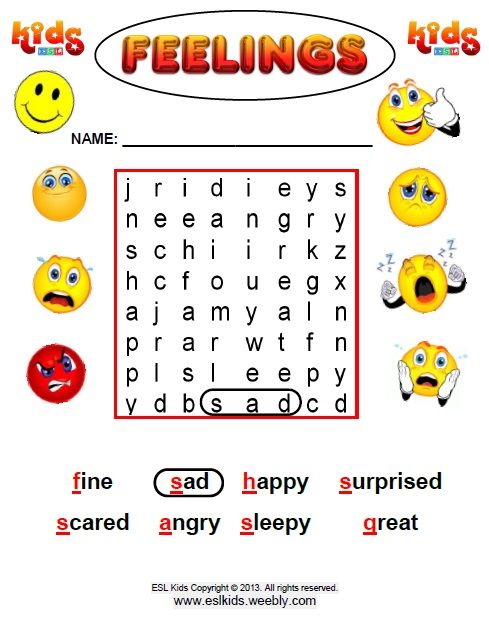 A clip chart helps students to recognize and identify how they are feeling. They simply place a clip on the chart in the space that shows how they are feeling.
A clip chart helps students to recognize and identify how they are feeling. They simply place a clip on the chart in the space that shows how they are feeling.
- Play Games: One fun way to introduce, teach, and practice the names of emotions is to play an engaging game with students, such as these emoji card games, matching games, and board game.
2. Teaching Kids Healthy Expression of Emotions
We all feel the full range of emotions. Wherever they are on the happy or sad, engaged or bored, proud or embarrassed, ends of the spectrum, we can help them express those emotions in a safe and healthy way. The classroom is a great place to learn and practice!
- “I Feel…” Statements: To learn how to express their feelings appropriately, students need to be taught how to use “I feel…” statements. Instead of screaming insults at another child who broke his crayon, little Johnny can say “I feel sad that you broke my crayon”, opening up the communication between the two students.
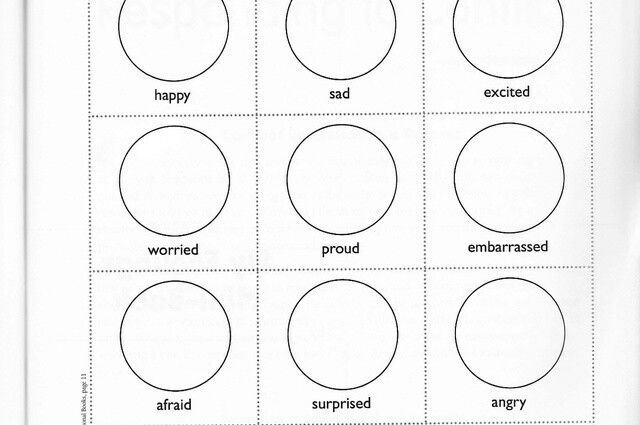 This allows for healthy conflict resolution.
This allows for healthy conflict resolution. - Coping with Extreme Emotions: Sometimes we must step in and help kids deal with the emotional roller coasters they sometimes find themselves on. Their extreme emotions get out of control and they need help finding their way back to calmness. We must realize that addressing the whole brain is key to understanding how to help them best.
- Teaching Emotional Rights: It’s important for children to understand and assert their rights when it comes to emotions. This helps them maintain healthy boundaries with their friends and peers, and be respectful to teachers and adults.
3. Connecting Kids to Experiences with Emotions
Children learn to embrace their emotional state by realizing that it is normal and ok to feel the way they do. It’s our job to give them opportunities to label their feelings correctly. Emotional memory is strong! We can harness that power by helping students connect their experiences in the classroom with their emotions.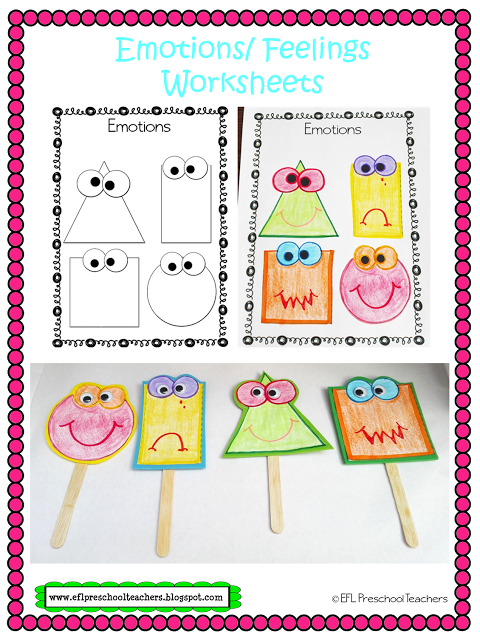 By recognizing and acknowledging their feelings during a learning activity or classroom event, we can increase the chances of it sticking in our students’ long-term memory. You see, that’s why emotions for kids is so important!
By recognizing and acknowledging their feelings during a learning activity or classroom event, we can increase the chances of it sticking in our students’ long-term memory. You see, that’s why emotions for kids is so important!
- Journaling: Encouraging students to journal about their feelings is helpful. They express their feelings by writing about learning tasks, field trips, or school events. For one, we often use this learning method in our classrooms for improving handwriting, spelling, vocabulary, and of course writing skills.
- Emotion Sort: Have students sort pictures of children with experiencing different emotions. By doing so, they will gain practice recognizing facial expressions and body language and therefore, feel more confident understanding their own and others feelings.
4. Teaching Kids about Brain Biology and Emotions
The human brain is a fascinating subject, even for the youngest learners. Teach them what the parts of the brain are called, and talk about how different parts of the brain control their emotions and feelings.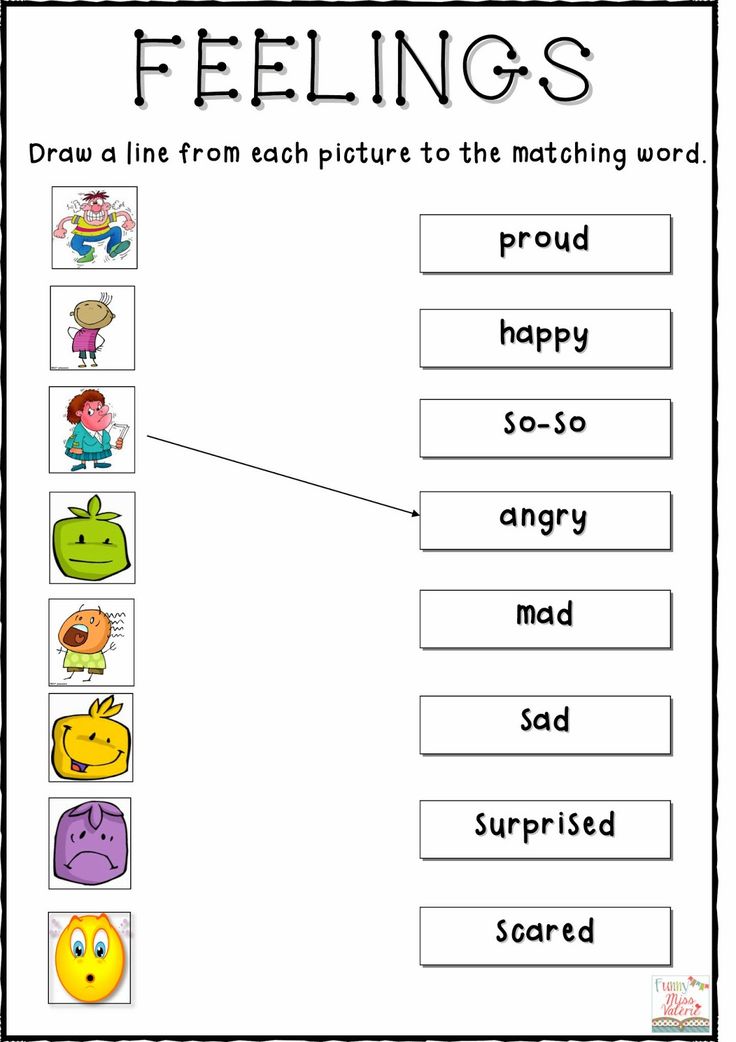
- Brain Craftivity: Try this fun craft activity that teaches children about the parts of the brain that control the emotions.
- Upstairs and Downstairs: To try to explain how the parts of our brain work together, and how the emotions part can sometimes take over, try explaining it in terms they can understand, such as the “upstairs and downstairs.”
5. Encouraging Kids to Have a Positive Mindset
Additionally, add in self-talk and self-motivation skills. Positive and encouraging self-talk will help your students succeed, and create a more positive classroom environment overall. For example, you can teach them ways to feel good and focus on positivity. Here are ways to influence them to have a good attitude at school and teach emotions for kids.
- Create a Vision Board: Vision boards are used in all types of professions, from business to graphic design. They can be used in the classroom too! Help children visualize what they desire and what makes them happy.
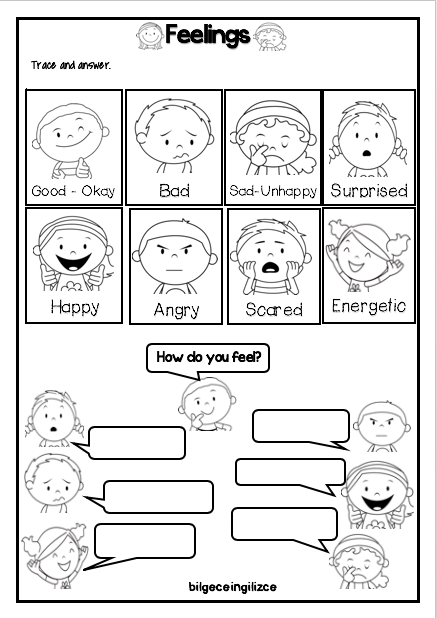 Precisely, when they have an image in their mind of what makes them thrive, they are more likely to reach their own goals, and ultimately succeed in the classroom.
Precisely, when they have an image in their mind of what makes them thrive, they are more likely to reach their own goals, and ultimately succeed in the classroom.
- My Heart Map: This creative activity encourages children to thoughtfully consider what makes them happy and depict it on paper. It’s a great way to help them own and recognize their emotions and focus more on having a positive outlook.
- Teach Growth Mindset: Any lesson about emotions and feelings can easily be integrated into a growth mindset curriculum plan. The two go together like peas and carrots!
Resources for Teaching Emotions with Kids
Emotions Self-Awareness Unit
The Emotions: Social Emotional Learning Unit includes 5 detailed, research-based lessons to teach emotions for kids. It is filled with hands-on and mindful activities. The curriculum teaches children about how their brain controls their emotions. It also teaches how to identify and express how they are feeling, and ways to encourage a positive mindset.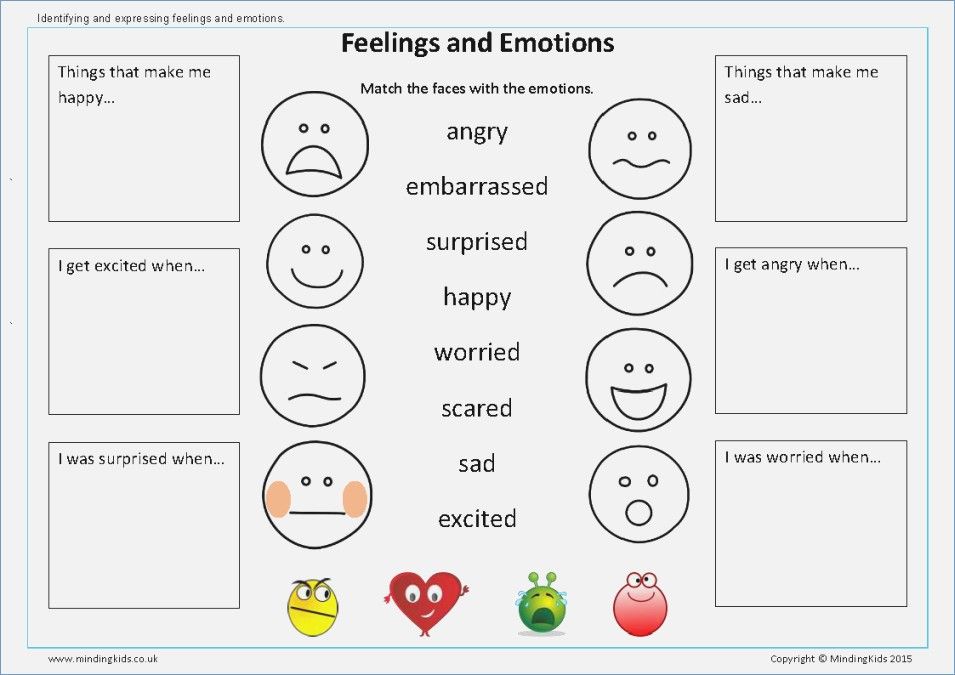
Emotions Book Companions
This emotional awareness resource includes 5 book companions on popular children’s books that relate to feelings and emotions (The Color Monster; The Feelings Book; Glad Monster, Sad Monster; F is for Feelings; In My Heart).
Children will participate in classroom discussions and book chats, share their feelings in written form, and participate in fun, engaging activities that build emotional awareness and social skills.
This emotions book companion resource includes a detailed lesson plan, guided questions, anchor chart, writing response, and follow-up activities (printable and digital included) for all 5 books. Great for distance learning and remote teaching of social-emotional skills!
FREE Emotions Lesson & Feelings Journal
Help students learn to identify and process their feelings in an emotions journal.
Download a free lesson and activities on identifying and labeling emotions from the Emotions unit by clicking the image below and signing up.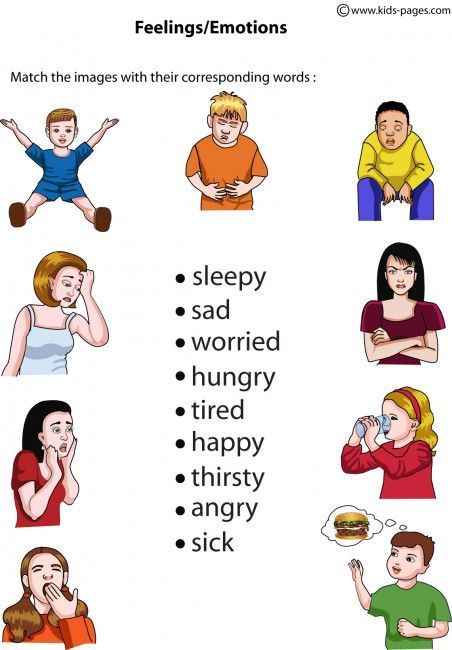
Social-Emotional Learning Curriculum
The mind + heart Social Emotional Learning Curriculum includes 8 units with 5+ detailed, character education, research-based LESSONS filled with TONS of hands-on and mindful ACTIVITIES that encourage children to express themselves and build important emotional and social skills. It includes emotions for kids!
More About Teaching Emotions
Emotional Skills Books and Videos
Self Regulation Strategies, Books & Videos
Empathy Skills Books & Videos
PIN for Later
FREE Social Emotional Learning Email Series
Sign up for the social emotional learning email course filled with tips to get you started, lesson and activity ideas, PLUS tons of FREE resources you can access right away. Everything you need to teach social skills and emotional literacy in the classroom!
First Name
Personal Email Address
We use this field to detect spam bots.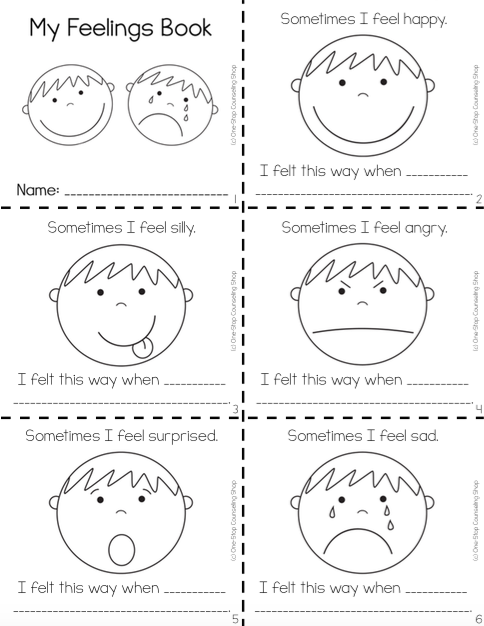 If you fill this in, you will be marked as a spammer.
If you fill this in, you will be marked as a spammer.
I'd like to receive the free email course.
This form collects information I will use to send weekly emails with strategies, promotions, and resources. Unsubscribe at any time. Powered by ConvertKitGoing to kindergarten: feelings
Submitted by Mironova Irina on Tue, 01/18/2022 - 22:12
Child's attitude to kindergarten: separation anxiety and fear of strangers
Some toddlers and older children go to kindergarten with joy and pleasure.
However, many also have not very positive reactions :
- Separation anxiety: children get upset when you leave them. Separation anxiety peaks around 14 to 18 months of age, although older children may also experience it.
- Fear of strangers: children are afraid of strangers. Usually this fear appears at the age of 7-10 months.
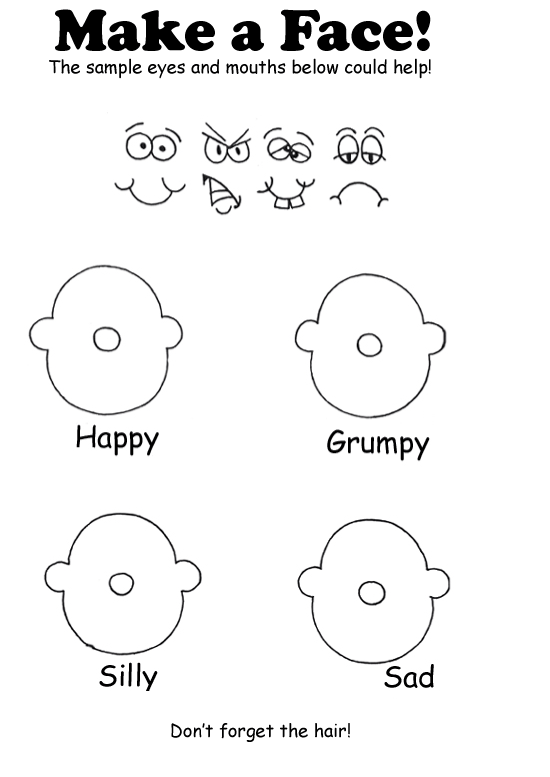
Separation anxiety and fear of strangers are normal stages in a child's development. Many toddlers and older children experience these feelings to some degree. These emotions do not depend on whether children attend preschool or not.
So if your little one is in kindergarten and has separation anxiety and stranger fear, is not your fault . It's just a stage in a child's development.
Separation anxiety and fear of strangers in kindergarten: what can be done
Try not to worry. Toddlers usually adapt faster when new faces in their environment become familiar. It's just that some children may take a little longer than others.
You can help your child overcome his fear by spending some time with him in the kindergarten where you are going to enroll him.
When you bring your child to kindergarten, it is good to be with him for a while before leaving. In the first weeks, if possible, leave the child in kindergarten for a short time and gradually increase it to a full day.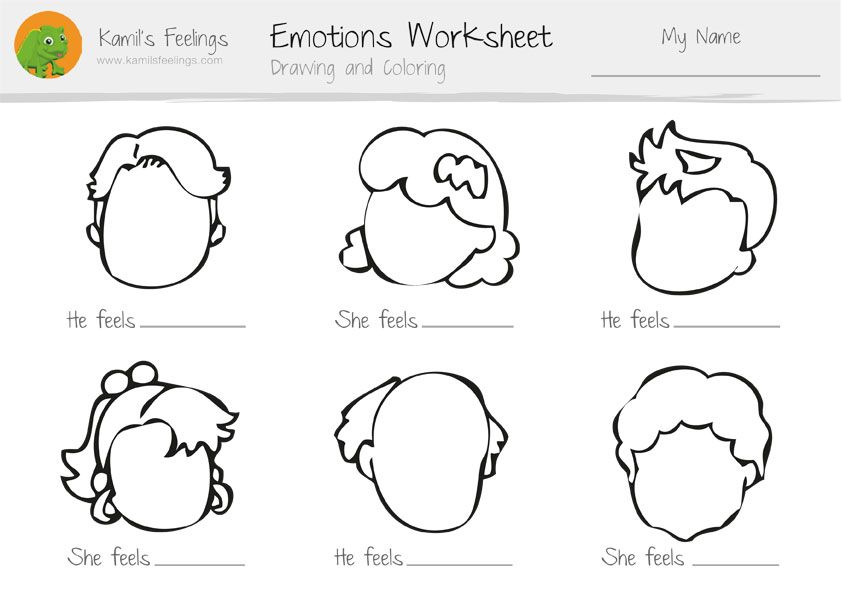
Child's attitude to kindergarten: other factors
Other circumstances may also influence the child's attitude to kindergarten:
- garden.
- Conditions in the kindergarten: if the environment is similar to the environment in other places familiar to the child, he will be more comfortable.
- The child's experience of being looked after by someone other than family members: through this experience, the child learns to build relationships and understands that you will definitely return.
- A child's temperament: influences how he reacts to changes, including a new environment in kindergarten.
- Child's personal preferences: he will feel more comfortable if the daycare routine matches what he is used to, such as listening to a short story before bed.
- Age and stage of development of the child: each child is an individual.
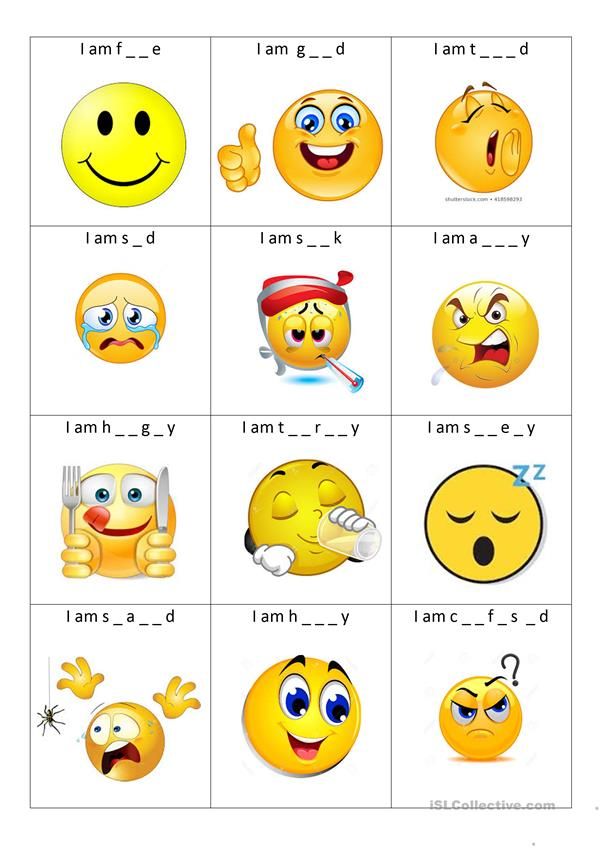 For example, one child of one and a half years old easily “gets used” to an unfamiliar woman (calmly stays with a nanny or in a nursery), and the other will be able to adapt to kindergarten only after three.
For example, one child of one and a half years old easily “gets used” to an unfamiliar woman (calmly stays with a nanny or in a nursery), and the other will be able to adapt to kindergarten only after three. - Number of days the child attends kindergarten: children who go to kindergarten irregularly or on fewer days a week do not have much time to get used to the new environment and feel comfortable in it.
If you think your child is having a hard time adjusting to kindergarten, you should share information and ideas with caregivers.
How do you feel about kindergarten
Starting your child in kindergarten is a big change in your life. This is an exciting and emotional period for the whole family - for both children and parents.
Even if you have mixed feelings about the changes in family life, it is important that you show your child a positive attitude towards kindergarten . Children have an amazing ability to read the anxiety and anxiety of their parents, so try not to show your child these feelings.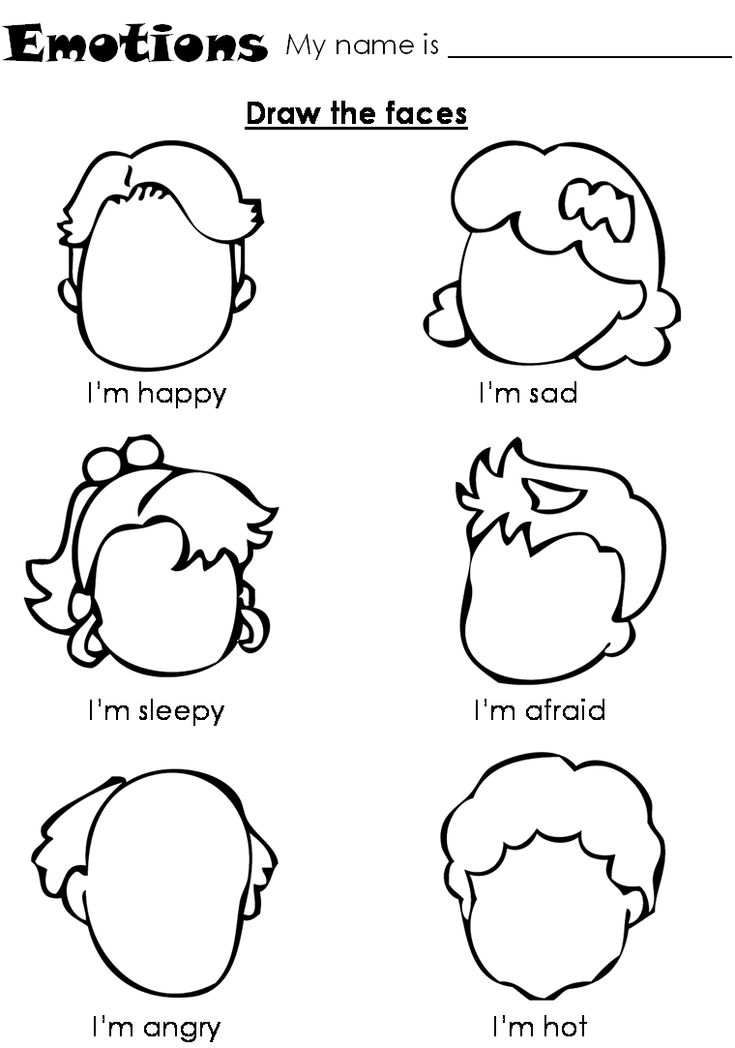 If the kid sees that you like the kindergarten and you trust the teachers, he will most likely feel the same way.
If the kid sees that you like the kindergarten and you trust the teachers, he will most likely feel the same way.
However, this does not mean that you should keep your feelings to yourself. Share them with a partner, friend, or family member who can support you in this new phase of your life.
Australian Article
On
Cover Image
Image
christopher-ryan-JoS5xzulJx4-unsplash.jpg
KEYWORDS
Starting Childcare
Starting Care
Childcare
Child Category
Child Age 9000 9000 9000 9000 9000 9000 9000 19-2 19-2 19-2 19-2 19-2 19-2 19-2 19-2 19-2 19-2 19-2 19-2 19-2 19-2 19-2 19-2 19-2 19-2 19-2 19-2 19-2 19-2 19-2 19-2 19-2 19-2 19-2 19-2 19-2 19-2 19-2 19-2 19-2 19-2 19-2 19-2 19-2 19-2 19-2 19-2 19-2 19-2 19-2 19-2 19-2 19-2 19-2 19-2 19-2 19-2 19-2 19-2 19-2 19-2 19-2 19-2 19-2 19-2 19-2 19-000 -48 months
49-60 months
Child Gender
Both
Parent Gender
Both
Generic Content
OFF
License Content
OFF
PREMATURA
9000 OFF ,0002 MANDATENLove in kindergarten: what should parents do if a small child fell in love? And we, of course, remember his or her name.
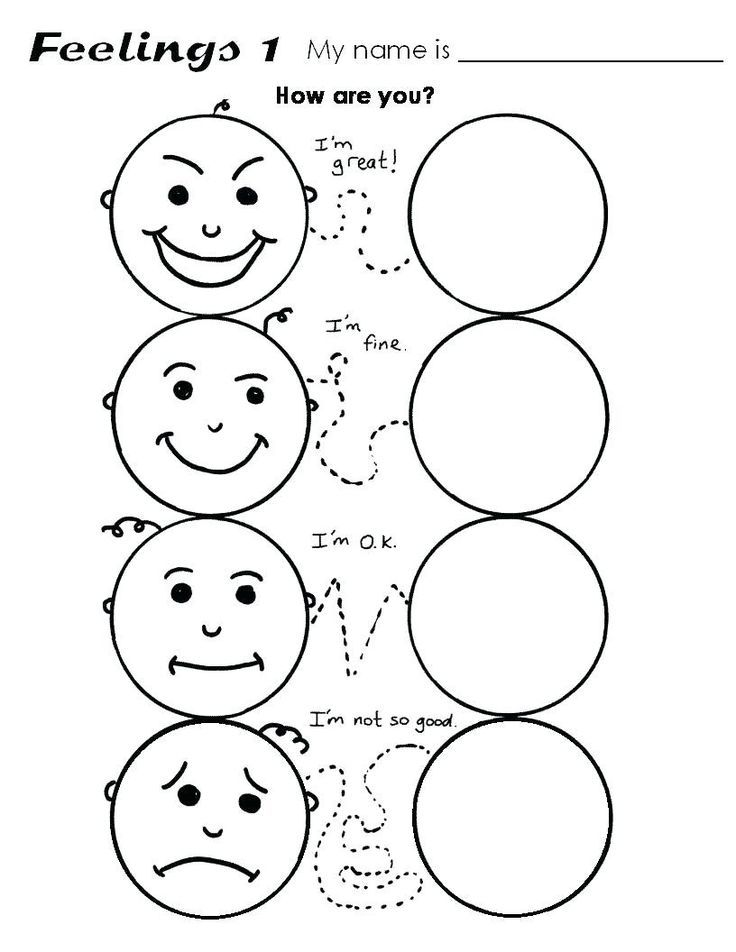 But at the same time, when our kindergarten children say that they are already planning to get married or get married, we still tense up: isn’t it too early? Psychologist Marina Golubtsova tells how to behave to parents if their five-year-old has fallen in love - including with mom, dad or someone of the same gender.
But at the same time, when our kindergarten children say that they are already planning to get married or get married, we still tense up: isn’t it too early? Psychologist Marina Golubtsova tells how to behave to parents if their five-year-old has fallen in love - including with mom, dad or someone of the same gender. “My mother is the most beautiful”
Until the age of 4, the world of a child is a world of space and objects in it, through which he masters the surrounding reality. After about 4 years, attention switches to the space of relationships - it is at this age that role-playing games begin to enter into the child's everyday life, children pay more and more attention to their own feelings and to the emotional manifestations of the people around them.
It is at the age of 4–7 that active formation of empathy, the basis of emotional intelligence, takes place. Children are very sensitive to mood changes not only of adults, but also of their peers. “Why did you say that so sadly?”, “What, is dad angry?” - a fairly common reaction of preschoolers to rather neutral phrases of parents, simply said with a certain emotional coloring.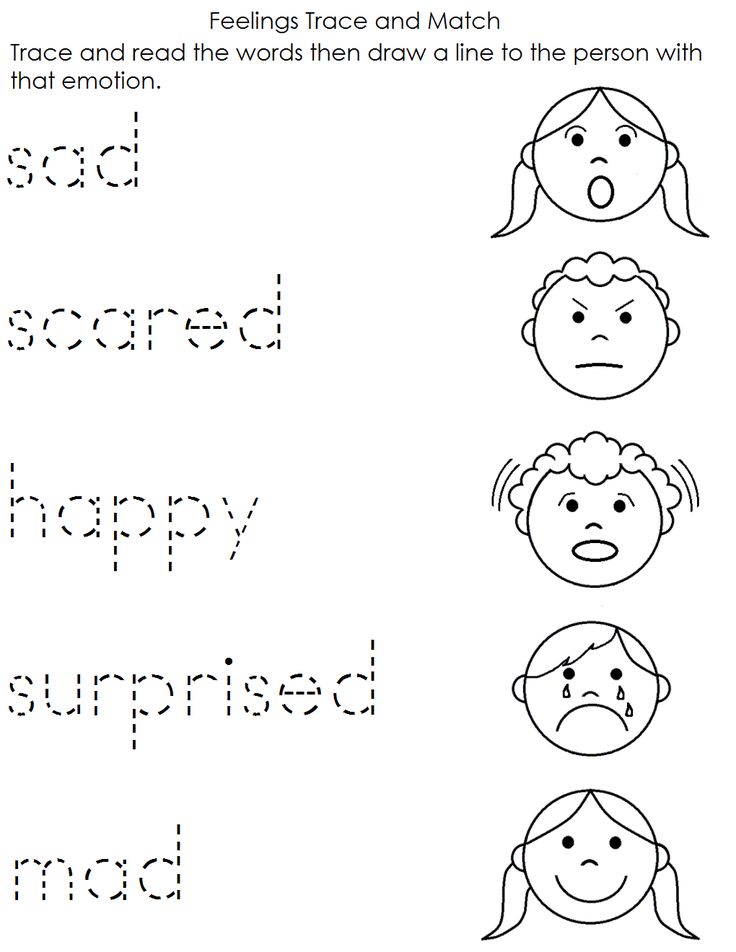
Plus, at the age of 4-7 years, the child's personal experiences come to the fore, he already separates his figure from the figure of the parent.
At the same time, “falling in love” with a parent may arise: “I have the most beautiful mother, my father is the smartest”
parent, you should not look for some unhealthy subtext in this.
Also, don't worry if a kindergarten-age daughter or son says they've fallen in love with someone of the same gender. This feeling is most likely a reflection of naive and pure affection, admiration for the qualities of a friend or girlfriend. The task of the parent in this case is to explain to the child that love is different (brotherly, kindred, love for one's home, art) and each of these feelings has its own manifestations. It can be said that, most likely, he or she is experiencing a feeling of brotherly love, which can be quite strong. And it can develop into a true friendship.
Photo: shutterstock / Tatiana Bobkova“She has curly hair, she smells delicious”
Children usually fall in love for the first time at the age of 4–7. Moreover, it is important to understand that a child most often falls in love not with a specific person, but with his qualities:
Moreover, it is important to understand that a child most often falls in love not with a specific person, but with his qualities:
- What do you like about Masha?
- She has curly hair and smells delicious!
It is very important for a child at this age to like others, he begins to consciously want to be loved and do something for this. Often this manifests itself in the desire to be something, but not to be something: “I want a dress like Veronica’s”, “I wish I could play football the same way as Maxim.”
Preschool children are very sensitive. They are direct, very open and vulnerable. A random joke, irony, and even more so sarcasm or ridicule of a child's feelings can lead to serious feelings and even suffering.
What is important to do when a child tells you that he has fallen in love?
- Respect what the child says.
- Ask him about the subject of his love.
- Tell how you can show love, what signs of attention you can and should show your chosen one (help, care, protect, if necessary, but not pursue, respect his choice and individuality).
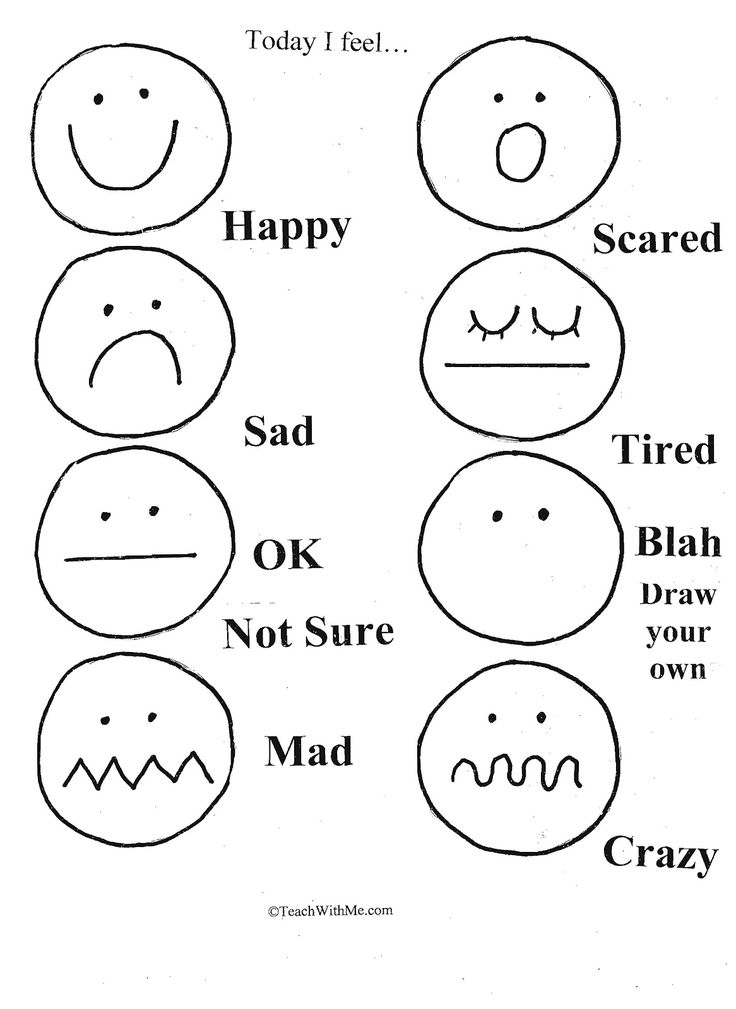
- Talk about the emotional manifestations of love. This will help the child become more aware of the feeling he is experiencing right now.
- Talk to the child that it is in the interests of his safety to pay attention to how the object of his love treats him: whether the chosen one is kind to your child, whether he ignores signs of his attention or accepts them. Doesn't he laugh at him.
- In a situation of suffering, when falling in love, for example, turned out to be unrequited, the child should feel sorry, hug, talk about how sorry you are that it happened, but that person is a separate person, he also has feelings and the right to choose, and this the choice must be respected and accepted calmly, without depreciating. Yes, we cannot buy all the toys and sweets in the world, just as we cannot appropriate all people - this is normal, and there is nothing to worry about. We ourselves do not become worse from this. Talk to your child about other people and how well many of them feel about him.
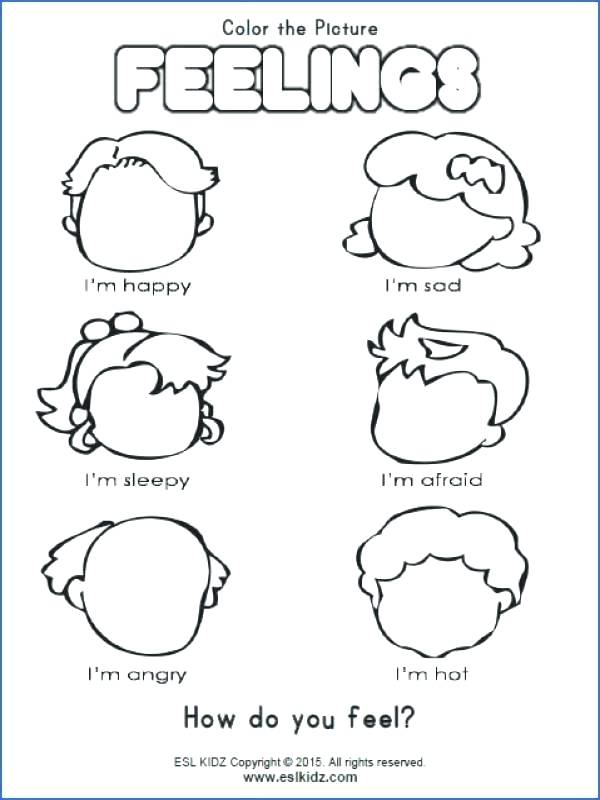 Pay his attention to this - he is good, valuable, wonderful, and not only you, but many others think so.
Pay his attention to this - he is good, valuable, wonderful, and not only you, but many others think so.
What is absolutely forbidden to do?
- To scold and shame the child because his affections are changeable and that yesterday he was in love with one girl, and today with another. For him, both yesterday's and today's feelings are equally important and serious.
- To impose on the child behavior patterns related to material manifestations: "Boys should take care of girls and give them flowers and gifts." This can be misunderstood and literally interpreted by the child and in his understanding will be interpreted as "love is when you give gifts and fulfill the desires of another" or "love is not to communicate with anyone except the chosen one." Often adults find it difficult to build relationships precisely because their views on love are based on such immature, heard and once misunderstood attitudes. And at the same time, they do not rely at all on the emotional component and their feelings in relations with a partner.
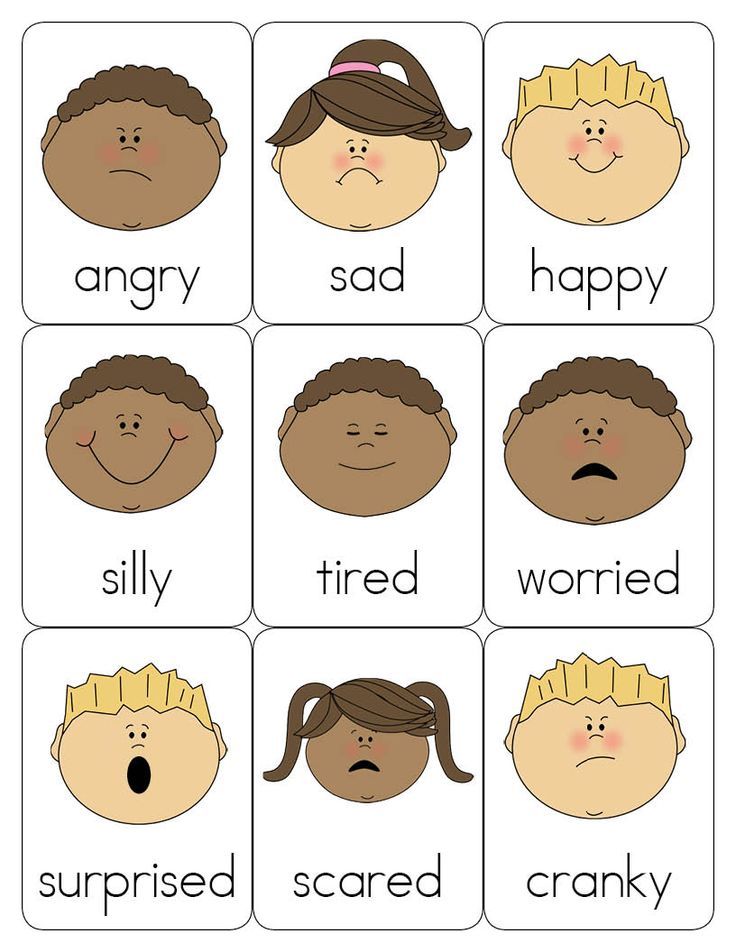
- Show off the love of a child . Even if a child shares his experiences with his parents, this does not mean that he wants to tell someone else about it. Children are very worried if their feelings are put on public display.
- Make fun of and devalue the child's feelings. “This is not true love yet. Only adults can love”, “You are too young to talk like that” - all these phrases hurt the child. Parents should understand that the feelings of children, no matter how naive they may seem to an adult, are very deep and real and can serve as a reason for serious feelings. Through these experiences, children learn to build and maintain sincerity and intimacy in relationships with other people. And the primary task of the parent is to protect the child from experiencing pain and disappointment, shame or resentment. Otherwise, this leads to fear of intimacy, the impossibility of building harmonious relationships with a partner, and difficulties in finding a mate.
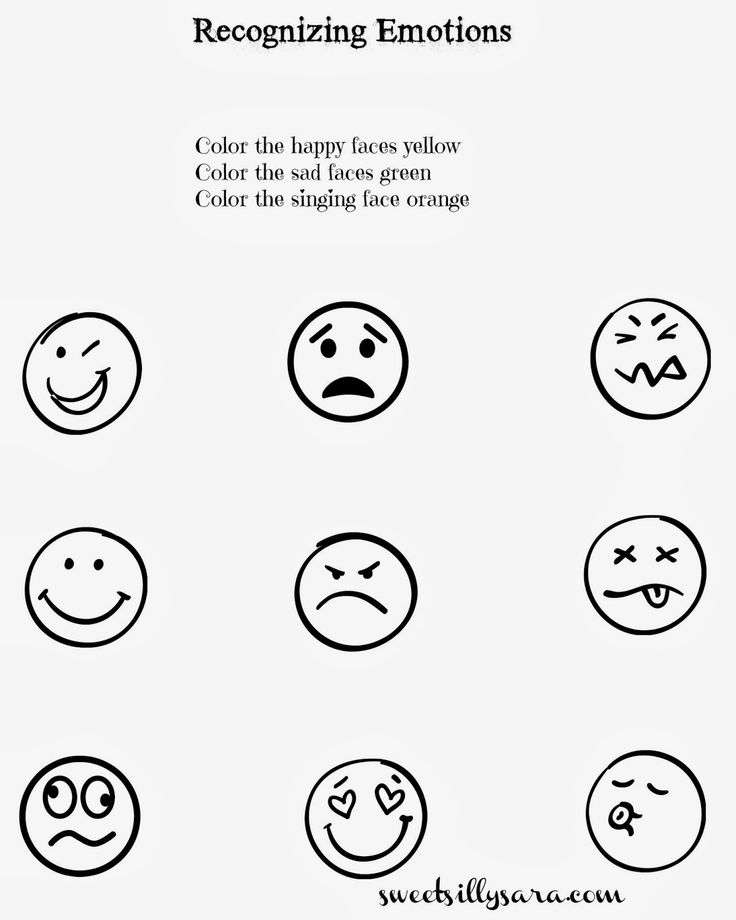
- Try to get details from the child . If he doesn't want to share his story with you, tell him about your experience. This will become a connecting thread that will allow you to build a system of trusting relationships.
"And we will die one day" - is that ok?
Children's love is usually short-lived. It rarely happens that a childish feeling passes the test of growing up. A person changes too much throughout life to maintain an unchanging intimacy with childhood and youth friends. But it is these sincere, naive and open feelings that are the basis of a trusting attitude towards people and a positive experience of the possibility of building close, strong and sincere relationships. All this is very important for later life.
In adolescence, the child becomes more resistant to being rejected by peers, defending their interests. A teenager is already forming a certain image of himself, his body, personality, which affects his self-esteem.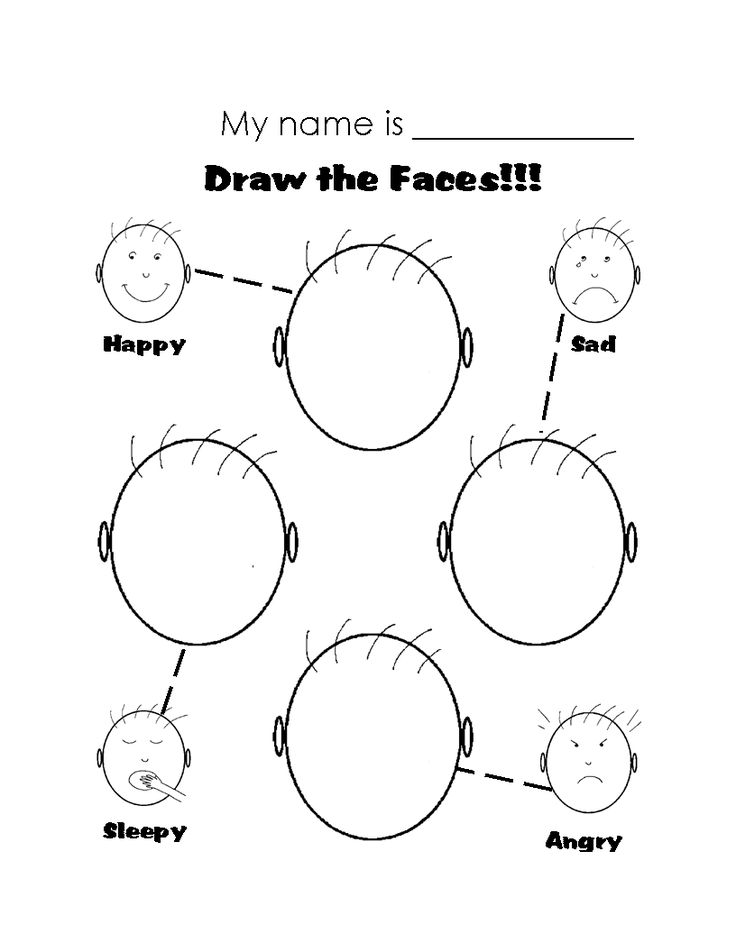 An adult person chooses a partner at all, without entering into a complete merger with him, realizing that another person is nearby.
An adult person chooses a partner at all, without entering into a complete merger with him, realizing that another person is nearby.
Childish love is always some extremes, and this is also normal
On the one hand, such love can be very fleeting: today these are feelings for life, and tomorrow a completely different person likes you. On the other hand, children, on the contrary, can take everything very seriously (“Together forever”, “I won’t be friends with anyone anymore”, “We will die one day”). Plus, often a child can demand complete submission from the object of his love, or he himself is ready to obey the will of another - but this is not abuse in the sense in which we, adults, perceive it.
Both scenarios in preschool age are quite normal, it's just one of the ways to get new experience. It is not worth seriously criticizing or condemning a child for his feelings (whatever they may be) at this age - on the contrary, it is important to support and carefully help him deal with emotions, learn to show them correctly.